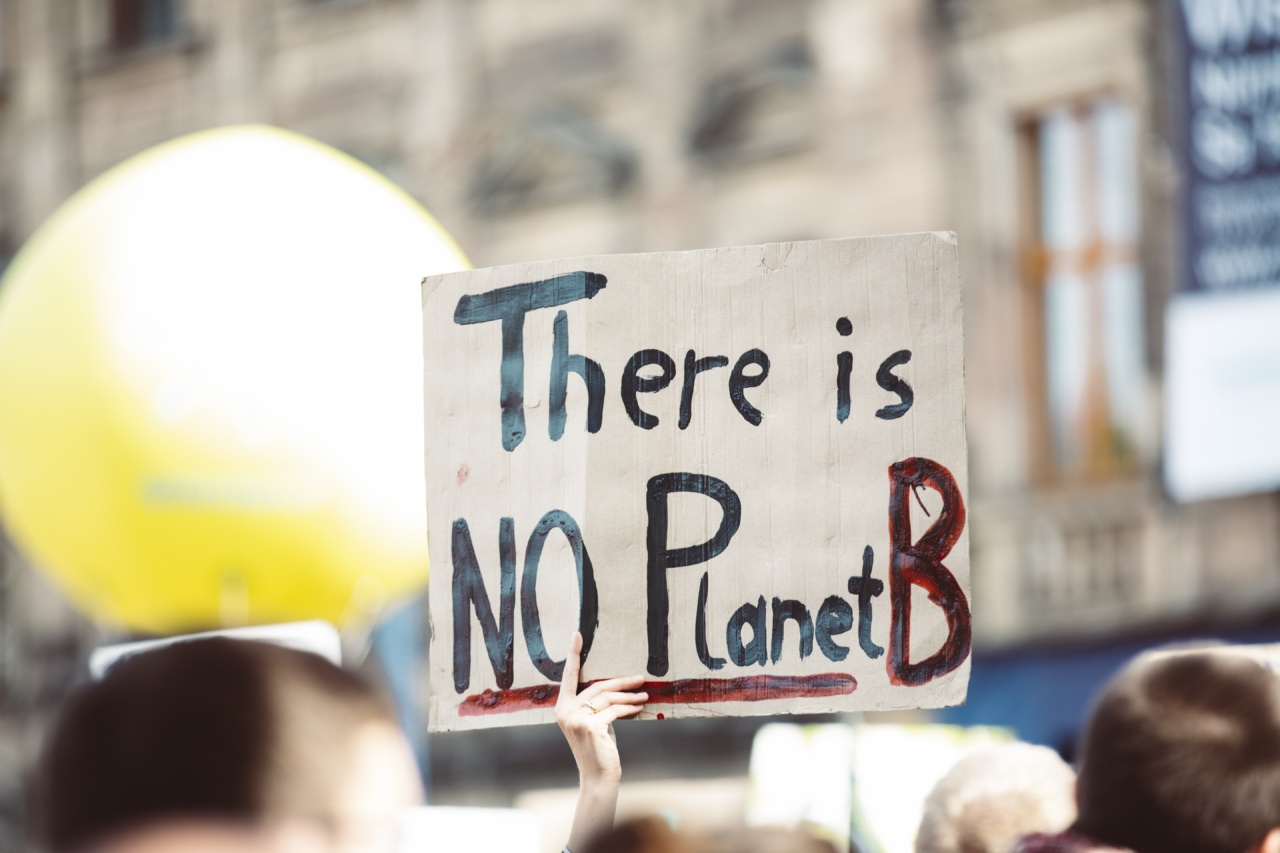Climate change is a global crisis that has far-reaching effects on various aspects of our lives, including the sexual landscape.
The changing climate and its associated impacts have the potential to significantly impact human sexual behaviors, reproductive health, and overall well-being. This article explores the relationship between climate change and the sexual landscape, shedding light on the crucial connections between these two seemingly disparate elements.
The Connection between Climate Change and Sexual Health
1. Impacts on Reproductive Health.
As climate change leads to extreme weather events, natural disasters, and changes in environmental conditions, it can negatively affect reproductive health.
Disrupted access to healthcare facilities, increased rates of infections and diseases, and limited access to contraceptives and family planning resources are some of the consequences.
2. Mental Health and Intimacy.
Climate change-induced factors such as anxiety, stress, and grief can significantly impact mental health.
These emotional burdens can affect individuals’ sexual desires, their ability to connect with their partners intimately, and overall relationship satisfaction.
Climate Change’s Impact on Fertility
3. Changes in Temperature and Sperm Quality.
Studies suggest that rising temperatures associated with climate change can negatively impact male fertility by affecting sperm quality. High temperatures can lead to reduced sperm production, motility, and increased DNA damage in sperm cells.
4. Decreased Libido and Heatwaves.
Extreme heatwaves, a consequence of climate change, can lead to decreased libido and sexual activity. Heat and humidity can cause discomfort, fatigue, and decreased energy levels, all of which can contribute to a decrease in sexual desire.
Climate Change, Migration, and Changing Sexual Behaviors
5. Environmental Migration and Relationship Dynamics.
Climate change-induced environmental degradation and the loss of livelihoods often lead to forced migrations.
These forced migrations can disrupt established relationships and traditional family structures, resulting in changes in sexual behaviors and relationship dynamics.
6. Migration and Increased Vulnerability to STIs.
Displacement and migration due to climate change can lead to increased vulnerability to sexually transmitted infections (STIs).
Disrupted healthcare systems, inadequate access to contraceptives, and the breakdown of safe sexual practices contribute to this heightened vulnerability.
The Role of Education and Awareness
7. Comprehensive Sex Education and Family Planning.
Education and awareness programs focusing on comprehensive sex education and family planning can play a vital role in mitigating the negative impacts of climate change on sexual health.
Empowering individuals with knowledge and resources can help them make informed decisions regarding their sexual and reproductive well-being.
8. Promoting Resilience and Coping Mechanisms.
Building resilience and promoting healthy coping mechanisms to address climate change-related stressors and mental health challenges can positively impact individuals’ sexual well-being.
Adopting adaptive strategies and seeking professional help are crucial steps in maintaining intimacy and a healthy sexual life.
Climate Change, Technology, and Innovation
9. Technological Solutions for Reproductive Health.
Advancements in technology can provide innovative solutions to address the reproductive health challenges posed by climate change.
From telemedicine to remote access to contraceptives, technology can bridge the gap between individuals and essential reproductive health services.
10. Sustainable Sexual Practices.
Encouraging sustainable sexual practices, such as the use of eco-friendly and non-toxic contraception options, can help limit the environmental impact of sexual activities.
Choosing sustainable and ethically sourced products promotes both sexual and environmental health.































